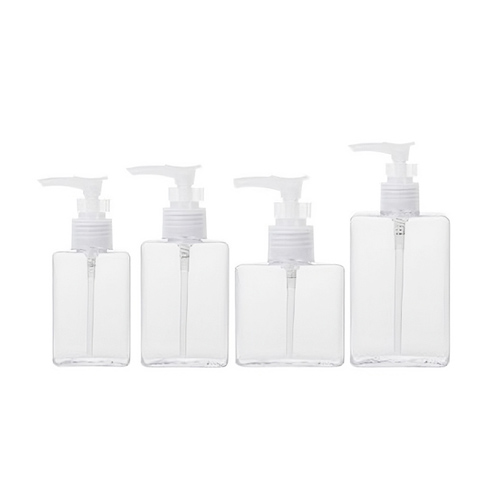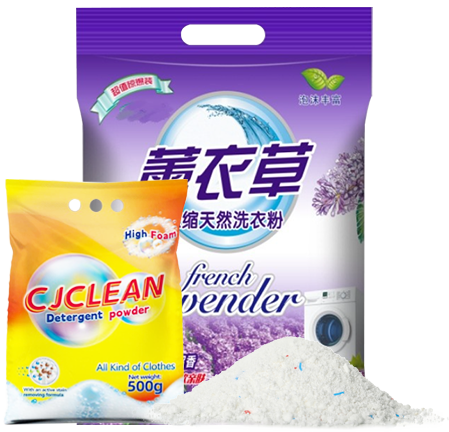Welcome to My Blog!
Before we dive into the content, I’d love for you to join me on my social media platforms where I share more insights, engage with the community, and post updates. Here’s how you can connect with me:
Facebook:https://www.facebook.com/profile.php?id=61573740643310
Now, let’s get started on our journey together. I hope you find the content here insightful, engaging, and valuable.
Table of Contents
Introduction

When you pick up a bottle of hand sanitizer, do you stop to think about how its packaging affects your health and safety? Most people don’t. It’s easy to think that it’s the liquid inside that counts – but the hand sanitizer bottle itself plays a vital role in protecting the integrity, effectiveness and even the user experience of the product. Whether you work in the personal care industry or manage private label production, understanding this makes a huge difference.
In this blog, we’ll dive into how hand sanitizer bottles impact product safety – from design and materials to manufacturing standards and more. It’s not just about the bottle, it’s about the quality of the sanitizing products that millions of people rely on every day.
The Critical Role of Material Selection in Hand Sanitizer Bottles
When it comes to hand sanitizer bottles, the material used in manufacturing is more than just a matter of aesthetics or cost — it’s a matter of product safety. In the cosmetic and personal care packaging industry, material selection can directly affect the formula stability and shelf life.
Plastic vs. Glass Bottles:
While most hand sanitizers are packaged in plastic, the type of plastic makes a big difference. PET and HDPE are commonly used because they are resistant to alcohol degradation, whereas low-quality plastics might leach chemicals into the sanitizer over time. Glass is rarely used for hand sanitizers because of the risk of breakage and cost but remains an option for certain luxury personal care packaging.
Barrier Protection:
Quality hand sanitizer bottles offer proper barrier protection to prevent air, moisture, or contaminants from entering. This is especially important for alcohol-based sanitizers, which can evaporate or lose effectiveness if the packaging is insufficient.
Compatibility Testing:
Manufacturers must conduct compatibility tests to ensure that the packaging does not chemically interact with the hand sanitizer formula. This is a standard practice across industries producing skincare, lotion, and cosmetic products.
Design Features That Improve Safety and Usability of Hand Sanitizer Bottles
When designing hand sanitizer bottles, safety and usability go hand in hand. A poorly designed bottle can lead to spills, improper dosing, or even contamination.
Child-Resistant Caps
Especially important in home and healthcare environments, child-resistant caps prevent accidental ingestion, aligning with personal care industry safety standards.
Pump vs. Flip-Top vs. Spray
Different dispensing mechanisms suit different applications. Pumps are ideal for bulk or desktop use, flip-tops are convenient for pocket-sized products, and sprays are suitable for travel. Each of these must be designed to minimize leaks and exposure to air.
Ergonomic Shape and Size
A good bottle design fits comfortably in the user’s hand and dispenses the right amount of product, reducing waste and over-application. This is equally critical in cosmetic packaging, where consumer handling plays a big role in product perception.
How Manufacturing Standards Ensure Safe Hand Sanitizer Bottles
The process of manufacturing hand sanitizer bottles includes several quality control steps designed to uphold product safety.
| Quality Factor | Description | Importance in Hand Sanitizer Bottles |
|---|---|---|
| Material Purity | Only high-grade, virgin resins are used to prevent contamination. | Prevents chemical leaching into sanitizer. |
| Injection & Blow Molding Precision | Tight manufacturing tolerances ensure seal integrity and durability. | Avoids leaks and cracks during use. |
| Cleanroom Production | Manufacturing in controlled environments reduces microbial contamination. | Maintains hygiene standards, critical for personal care products. |
| Quality Control Testing | Drop tests, pressure tests, and seal integrity checks are routine. | Ensures bottles survive transport and daily handling without failure. |
| Eco-Friendly Certifications | Sustainable materials and processes meet increasing consumer demand. | Attracts environmentally-conscious buyers in the cosmetic packaging market. |
Manufacturers in the personal care industry know that these strict standards aren’t optional — they are essential to maintaining product quality and brand reputation.
Why Hand Sanitizer Bottle Integrity Directly Affects Product Safety
Bottle failure doesn’t just result in inconvenience — it can compromise the product itself.
Alcohol Evaporation Risks
A poorly sealed bottle allows alcohol, the active sanitizing agent, to evaporate. This reduces the sanitizer’s ability to kill germs, rendering the product ineffective.
Contamination Hazards
If the bottle design or manufacturing process allows for contamination (like dust or bacteria ingress), the user’s health is at risk. This is especially problematic in sensitive environments like healthcare or food service.
Chemical Interaction
Some materials, if improperly selected, may degrade when in prolonged contact with sanitizer ingredients, releasing harmful substances into the formula. In the broader cosmetics packaging world, this is a well-known issue, especially with essential oils and active skincare ingredients.
Innovations in Hand Sanitizer Bottle Packaging


The world of hand sanitizer bottles is evolving alongside trends in cosmetic and personal care packaging. Innovative designs aim to improve safety, sustainability, and user satisfaction.
- Refillable and Reusable Bottles: Brands are moving toward eco-friendly refill systems to reduce plastic waste — a growing trend in cosmetic and skincare packaging.
- Antimicrobial Coatings: Some bottles now feature antimicrobial surfaces to add an extra layer of hygiene protection.
- Smart Packaging: Integration of NFC chips and QR codes allows users to verify product authenticity — a concept gaining popularity in luxury skincare and personal care product lines.
Conclusion
It’s easy to think of a bottle as just a container, but hand sanitizer bottles are known to be much more than that. They are the first line of defense in keeping your products safe, user-friendly and effective over time.
Whether you are responsible for private label production, managing a cosmetic packaging line, or developing a new personal care product, choosing the right bottle design and materials is critical. Never underestimate the impact that packaging details can have on the trust and safety of your end customers.
FAQ
What materials are best for hand sanitizer bottles?
PET and HDPE plastics are the most common choices due to their resistance to alcohol and durability.
Can hand sanitizer bottles be reused?
Technically yes, but it depends on the design. Some bottles are made for single use, while others support safe refilling — common in eco-friendly cosmetic packaging.
Why do some hand sanitizer bottles leak or evaporate quickly?
This usually results from poor manufacturing quality, such as loose caps or low-grade plastics that don’t seal properly.
Are glass bottles suitable for hand sanitizer?
Glass offers chemical resistance but is rarely used due to breakage risks and higher costs. It’s more popular in luxury skincare packaging.
How can I ensure the safety of the hand sanitizer bottle I choose?
Work with reputable manufacturers, insist on compatibility testing, and request certifications to verify production standards meet safety guidelines.

